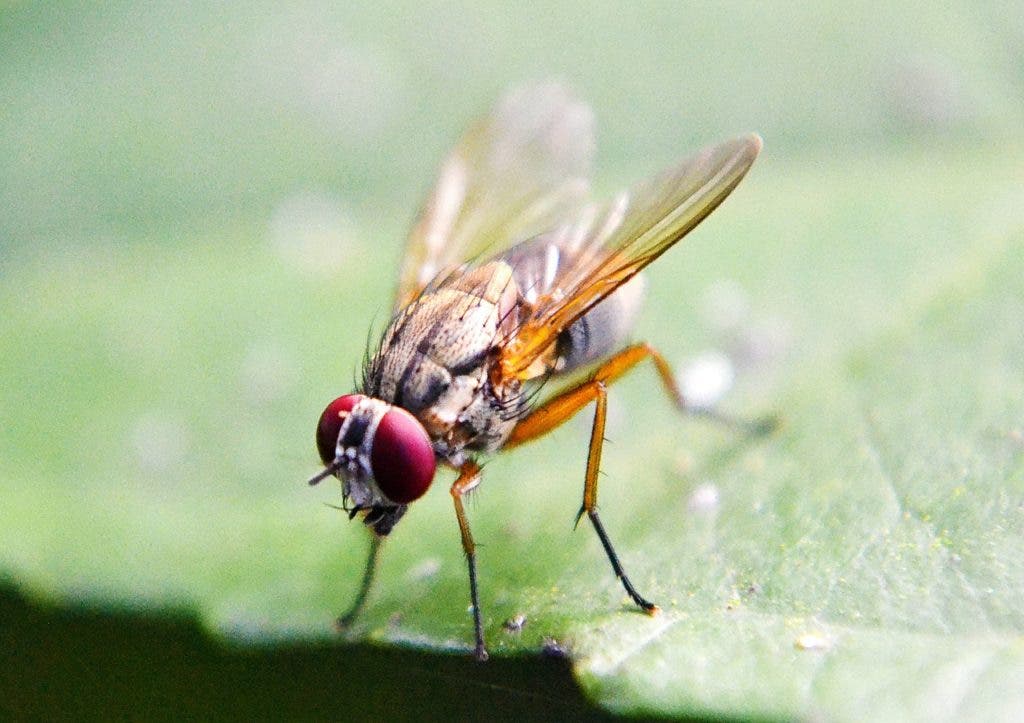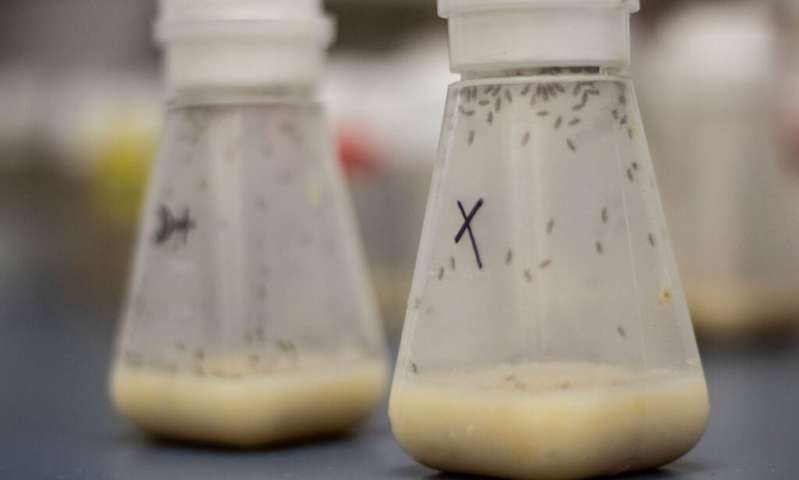In many species, females store more fat than males — something that applies both to humans and fruit flies. In fact, fruit flies are so genetically similar to our own species that we share nearly 75% of disease-causing genes. Some of these genes may also explain why females store fat differently.

Not only do women generally have a higher percentage of body fat than men, the areas where fat is concentrated also differs among the sexes. Women generally store more fat in the gluteal-femoral region (legs and buttocks), whereas men store more fat in the visceral (abdominal) region of the body.
These differences seem to be mediated by lifestyle and fat metabolism, as well as sex hormones and sex chromosomes.
In the scientific literature, there are hundreds of fat metabolism genes that are influenced in one way or the other by sex hormones and sex chromosomes, but not much is known about which particular genes are responsible for fat storage among the sexes.
In a new study published in the journal PLOS Biology, researchers at the University of British Columbia in Canada focused on the fruit flies’ genome.
Like women, female flies also store more fat than males and metabolize it more slowly. Given the fruit fly’s considerable genetic overlap with humans and the vast knowledgebase on the insect (fruit flies are one of the most studied animals), this made the fruit fly the perfect animal model for this study.

The study identified a gene called triglyceride lipase brummer (bmm) that is involved in the regulation of sex differences in fat homeostasis. Normally, male flies have higher levels of bmm mRNA both under normal culture conditions and in response to starvation. However, when the gene was removed in the lab, male and females stored exactly the same amount of fat.
This discovery might pave the way for identifying other metabolic genes that control male-female differences in other physiological aspects. More importantly, the findings could help researchers understand how metabolic differences between men and women contribute to the risk of diseases associated with abnormal fat storage, such as type 2 diabetes and cardiovascular disease.









